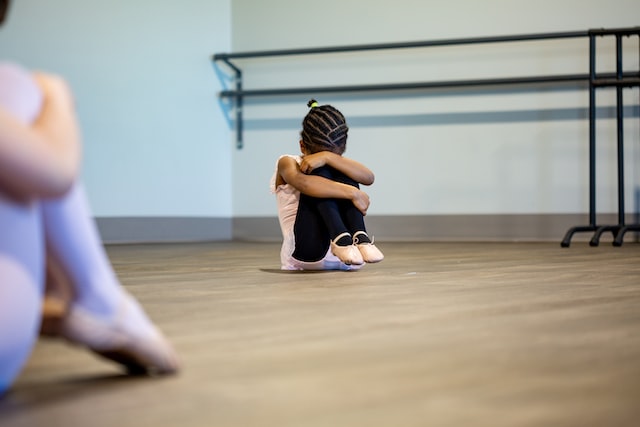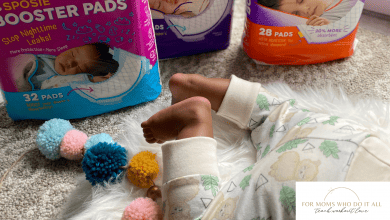
The last few years have been challenging for everyone. child anxiety treatment is at an all-time high, and even children aren’t exempt. In 2020 alone, 5.6 million kids were diagnosed with anxiety. They may throw tantrums, have trouble sleeping or eating, constantly fidget and worry, wet the bed, get sweaty or have a racing heartbeat.
A little anxiety is completely normal, like having someone check for monsters under their bed or removing a spider for them. However, if natural and temporary fears turn into constant worry and avoidance, your child may have an anxiety disorder.
Seeing a therapist can give your son or daughter the tools they need to move forward. However, little ones are less likely to work on therapy exercises at home without parental intervention. Supportive parenting can be an effective addition to cognitive behavioral therapy.
What Is Supportive Parenting?
Supportive parents strive to develop strong relationships with their kids. They practice active listening and try not to belittle their child’s feelings. Families with supportive parents celebrate victories and losses in the same way since both are opportunities for growth.
However, supportive parenting isn’t a “let the kids roam free” method. Rather, these parents set up specific rules and guidelines for everyone in the home. This way, each family member knows the expectations there aren’t any surprises. Children love structure and feel safe in environments that provide it.
How to Help My Child Stop Worrying
Providing child anxiety treatment at home can help prevent the need for further treatment or supplement professional care. These three methods work hand-in-hand with your supportive parenting to calm your child’s fears and help them feel safe again.
1. Validate Their Feelings
In many cases, just listening to your child is enough to make them feel safe and in control. When you sense growing anxiety, pause whatever you’re doing and get down to their level. Look into their eyes and initiate some physical contact, like a hand on their shoulder.
Remain silent while they share their feelings, stepping in to prompt only when absolutely necessary. They should be the ones to explain what they’re anxious about. If you rush them and offer your own suggestions, you may just be adding more things for them to fear.
After they finish, let them know you were listening by repeating back the main ideas of what they told you “So, I hear that you’re scared of [blank] because you’re worried that [blank]. Is that right?” Follow up by assuring them their feelings are normal and that you can understand where they’re coming from.
Another great way to connect with your child and validate their feelings is to share a personal example of a time you felt that way or were in their situation. Knowing they aren’t alone will bring some peace. Add to your story how you overcame your problem and ask if you can help them with their feelings.
1. Give Them Tools and Practice Together
If you’re currently seeing a therapist, they may have given you special tricks to use when fighting against anxiety. By all means, practice those as much as possible. However, you might find your own tools equally effective because you have more opportunities to test different methods with your child.
Try Breathing Exercises
Breathing exercises are very popular and easy to do with some practice. There are many different types, so you’re bound to find something that works for your son or daughter. Deep breathing will tell their nervous system to calm down lowering their blood pressure, heart rate, and breathing rate to a more stable level.
Sing
Singing can ease child anxiety treatment by activating the vagus nerve, which is responsible for combatting the fight or flight response. Several things can trigger this effect, like singing, laughing, and talking. So, if your child doesn’t love to sing, tell them a joke instead.
Move Your Body
The endorphins that flood your body after a workout provide your body with the boost it needs to combat anxiety. Getting daily movement can improve your child’s overall mood and energy levels.
Make Angry Fists
This one is my daughter’s favorite. Make fists and tense the muscles in your hands as hard as possible. Hold for a few seconds and then release. Do this a few times, and you may start to calm down.
Tell them to put all of their fears into their fists, and when they release their fists, they can throw those worries away. During anxiety attacks, the body tends to tense up all of the muscles. Tensing and releasing help your body begin to relax.
These are just a handful of possibilities you can try. Ultimately, you know your child best and what methods might work best for them.
1. Take Baby Steps
This method is very specific to your child’s particular anxieties. The goal is to get them comfortable enough with their fears that they don’t avoid certain things or situations. With the end goal in mind, create a plausible progression path working backward.
Start with the most basic step and move forward. Each time your child makes progress, no matter how small, give them plenty of praise and encouragement. Change is difficult for children, so these small steps might be challenging. While working through the baby steps, keep the rest of your lives structured with as few surprises as you can manage.
When to Worry About Child Anxiety
If you feel your son or daughter has moved passed common anxiety and is beginning to avoid uncomfortable or difficult situations altogether, it may be time to see a professional for help.
Signs of trauma to look out for include jumpiness, nervous reactions, nightmares, detachment from others, and sleep or appetite issues.
Licensed therapists will be able to help you and your child move forward by creating an individualized plan using cognitive behavioral therapy. In some cases, with a child who’s old enough, a doctor may prescribe an anti-anxiety medication. However, therapy should almost always be the first line of treatment.





